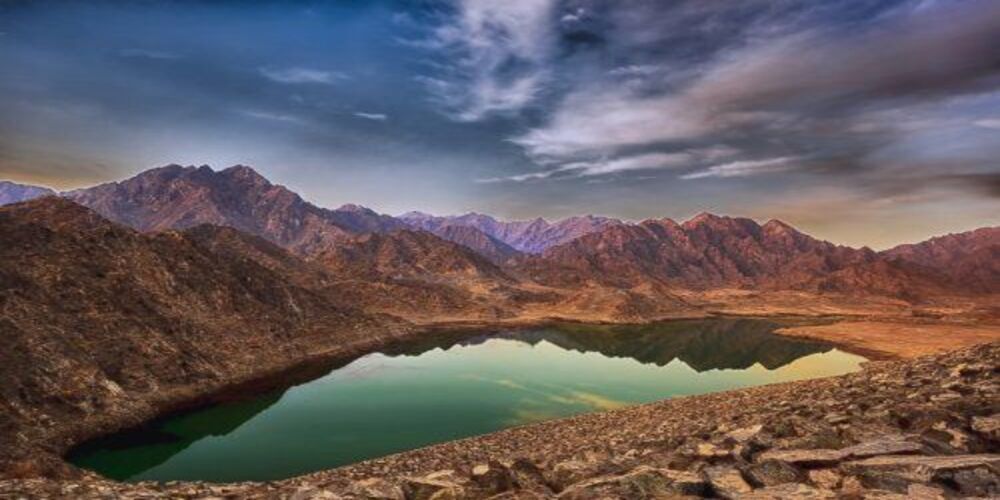Photography Tips for Hatta Mountain Tour:
Welcome to the picturesque landscapes of the Hatta Mountains, where every turn offers a breathtaking vista waiting to be captured through the lens of your camera. This guide is designed to provide you with essential photography tips and techniques to make the most of your Photography Tips for Hatta Mountain tour. Whether you’re a seasoned photographer or a novice enthusiast, prepare to be inspired by the stunning natural beauty and rugged terrain of the Hatta Mountains as you embark on a journey to capture unforgettable moments through photography.
Exploring Hatta Mountains:
Nestled amidst the majestic Hajar Mountains, the Photography Tips for Hatta Mountain Hatta Mountain region offers a captivating blend of natural beauty, rich heritage, and outdoor adventure. From scenic hiking trails and rugged wadis to ancient fortresses and traditional villages, the Hatta Mountains are a haven for nature lovers and explorers alike. As you embark on your journey through this picturesque destination, prepare to be enchanted by its stunning landscapes, diverse wildlife, and timeless charm.
Understanding the Terrain:
The rugged terrain of the Photography Tips for Hatta Mountains to tranquil lakes and cascading waterfalls. Understanding the unique characteristics of the terrain is essential for capturing compelling landscape images that showcase the beauty and majesty of the mountainous landscape. Whether you’re shooting wide-angle vistas or intimate close-ups, mastering the art of landscape photography will enable you to capture the essence of the Photography Tips for Hatta Mountain in all its glory.
Essential Gear:
When it comes to mountain photography, having the right gear is essential for capturing stunning images in challenging conditions. From rugged DSLR cameras and versatile lenses to lightweight tripods and weatherproof camera bags, investing in quality gear will ensure that you’re well-equipped to handle the rigors of mountain photography. Additionally, accessories such as polarizing filters, remote shutter releases, and lens hoods can help you achieve professional-quality results while protecting your equipment from the elements.
Maximizing Natural Light for Stunning Shots:
Mastering lighting techniques is key to capturing stunning mountain photographs that evoke mood and atmosphere. In the Photography Tips for Hatta Mountain, natural light plays a crucial role in shaping the landscape and creating dynamic visual narratives. Whether you’re shooting during the golden hour at sunrise or sunset, or capturing the soft diffused light of overcast days, understanding how to work with natural light will enable you to create captivating images that resonate with viewers.
Composition Tips:
Composition is the cornerstone of great photography, and mastering the art of framing, angles, and perspectives is essential for creating dynamic and visually engaging images. In the Hatta Mountains, the rugged terrain offers a wealth of compositional opportunities, from leading lines and diagonals to framing elements and foreground interest. By experimenting with different compositional techniques and perspectives, you can elevate your mountain photography to new heights and capture images that truly stand out.
Capturing Wildlife:
The Hatta Mountains are home to a diverse array of flora and fauna, making it a paradise for wildlife photographers. From colorful wildflowers and soaring birds of prey to elusive mountain goats and graceful gazelles, the mountainous terrain offers endless opportunities to capture captivating wildlife encounters. Whether you’re shooting with a telephoto lens from a distance or getting up close and personal with macro photography, patience, and persistence are key to capturing stunning images of the natural world.
Human Element:
Incorporating the human element into mountain photography adds a sense of scale, perspective, and narrative to your images, creating a connection between the viewer and the landscape. Whether it’s capturing hikers trekking along scenic trails, local villagers going about their daily lives, or adventurous explorers braving rugged terrain, including people in your mountain scenes adds depth and dimension to your photographs. By carefully composing your shots and capturing authentic moments, you can tell compelling stories that resonate with viewers on a personal level.
Guidelines for Mountainous Terrain:
Safety should always be a top priority when photographing in mountainous terrain, where rugged landscapes and unpredictable weather conditions pose unique challenges and hazards. Before embarking on your photography expedition, familiarize yourself with safety guidelines and precautions to ensure a safe and enjoyable experience. Be prepared for changing weather conditions, carry essential safety equipment such as a map, compass, and first aid kit, and always let someone know your itinerary and expected return time. By prioritizing safety and taking necessary precautions, you can focus on capturing stunning images without compromising your well-being.
Post-Processing: Editing Tips to Enhance Mountain Photography Results:
Post-processing is an essential step in the photography workflow, allowing you to enhance and refine your mountain images to achieve the desired look and feel. Whether you’re adjusting exposure and contrast, fine-tuning colors and tones, or applying creative effects and filters, post-processing offers endless possibilities for enhancing the visual impact of your photographs. Experiment with different editing techniques and software tools to bring out the beauty and detail of the Hatta Mountains, while staying true to your creative vision. Remember, the goal of post-processing is to enhance your images while maintaining their authenticity and integrity.

